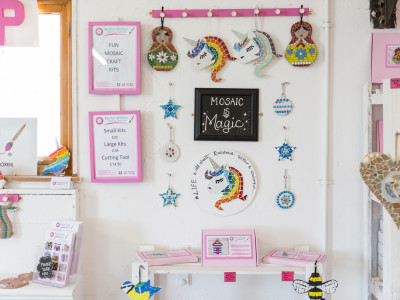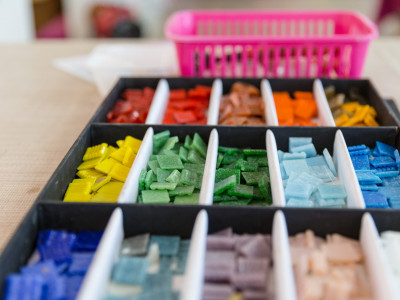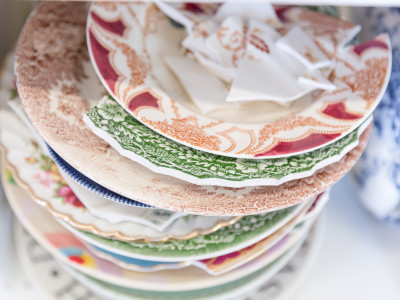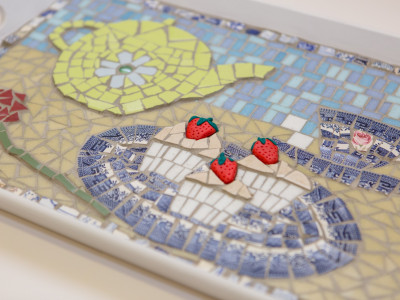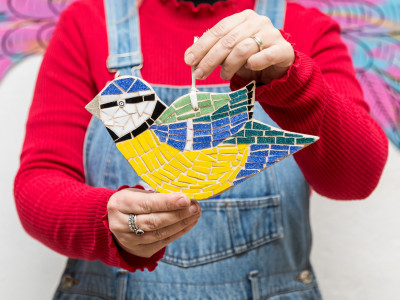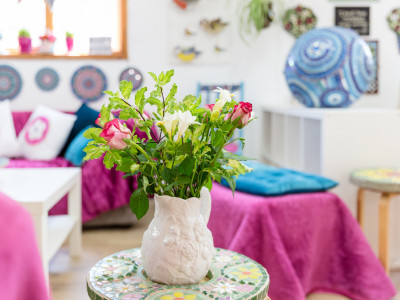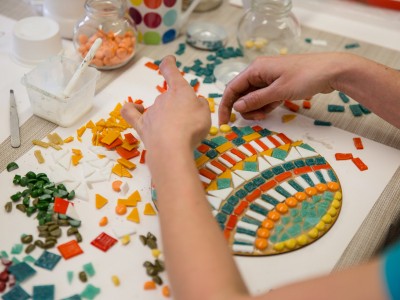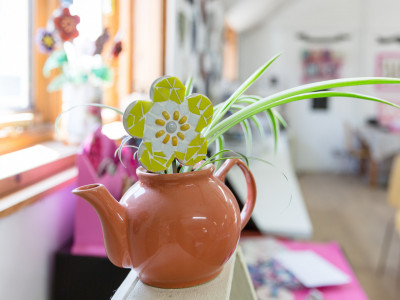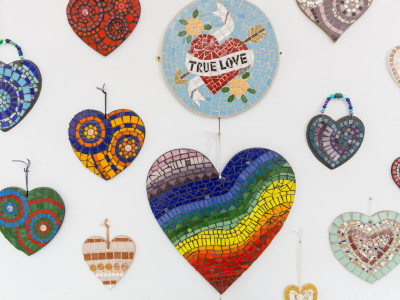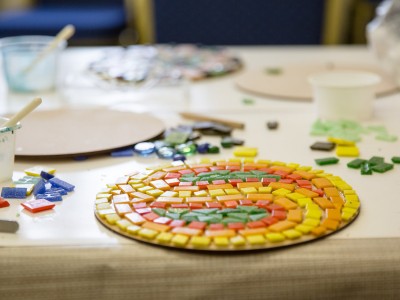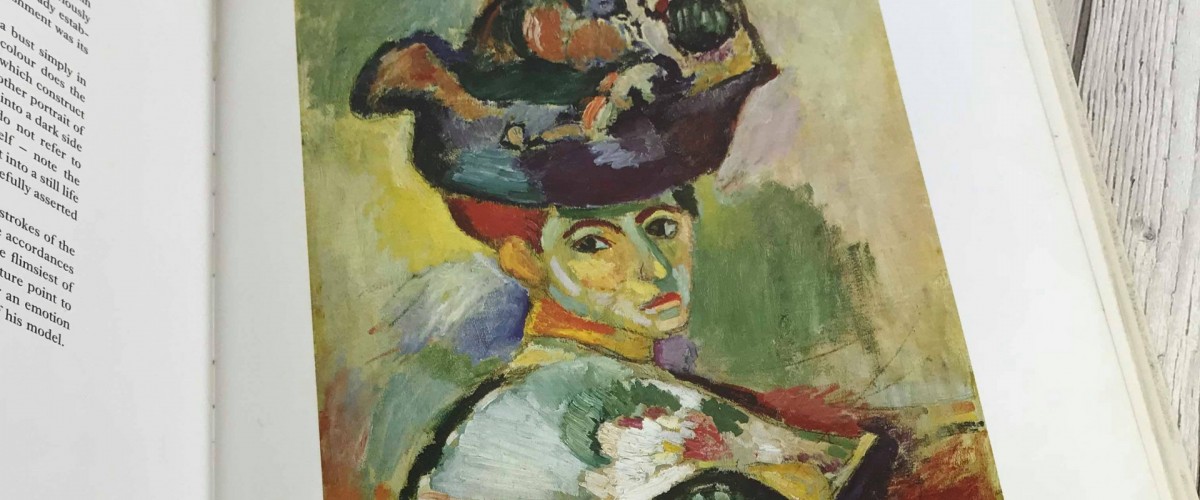
‘Creativity takes courage’, and nobody knows this more than the person who said it, the French artist Henri Matisse. He, along with his friendly rival Andre Derain, founded the Fauvists, an art movement in the early 1900s who went against convention, were daring and fearless, in creating their bold and colourful artworks.
‘Fauvism’ as the movement was called, is a French term and roughly translates to ‘Wild Beasts, describing the artists’ use of painterly brush strokes and lively colour choices. At the time, their ‘wild’ style shocked the art world and gave the art critics a whole heap of stuff to gossip about as they hadn’t seen anything like it before. It’s reported that the group gained their name when one critic saw an exhibition of their work at the 1905 Salon d’Automne and referred to a sculpture by Donatello (an artist from the Renaissance period) as being ‘among the wild beasts’. The comment was reported in the paper and the name stuck.
Although the Fauvist’s shook up the art world and made a big impact, the movement was relatively short lived and only lasted about 10 years. But without it, we wouldn’t have such notable works, such as Woman with Hat (1905) by Matisse and The Pool of London (1906) by Derain.
I studied art history at A-level and I’ll always remember the session when Fauvism and the work of Matisse was introduced. It immediately grabbed my attention as I loved the new and colourful way of painting and it was such a refreshing change from the other artists we had studied in our previous lectures. We learnt about Matisse’s influences, his artists friends and generally what made him tick. We also learnt about his ill health, how he became bedridden towards the end of his life and although weakened by his condition, he was not deterred, and devised a new technique that he referred to as ‘drawing with scissors’. This involved painting large pieces of paper (usually with gouache) with bright, flat and vibrant colours, then once dried, large abstract shapes were cut out and stuck to a larger piece of paper, creating a colourful collage. Some of his most famous pieces have been created in this way, including the huge ‘Snail’ that is on display in the Tate Britain in London.
Matisse carried on creating artwork right up until his death in 1954. He was 84 years old, displaying courage in his creativity right to the end.


